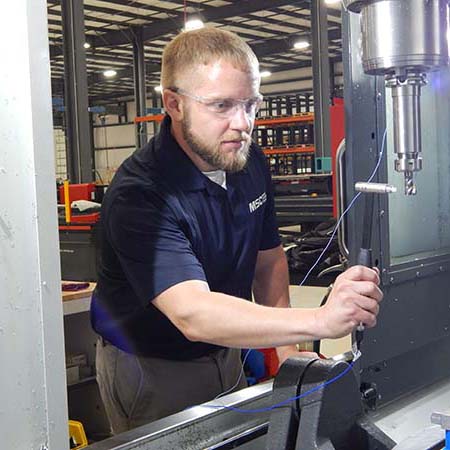
By monitoring the vibration of tooling and machinery set ups, manufacturers can avoid unexpected machining trouble and improve accuracy and output quality. To achieve this outcome, vibration analysis has four key principles – time domain, frequency domain, joint domain and modal analysis – each of which provides specific information on the working conditions and features of the vibrating part.
Time domain, for instance, measures the amplitude of a vibration signal. Alone, this can make it difficult to identify where the amplitudes happen and, subsequently, isolate and calibrate machines appropriately. This is where frequency domain comes in, looking at each of these signals – or waves – at set points to understand how its amplitude changes at distinct frequencies. As many vibration-related challenges occur at specific frequencies, its cause can be better identified based on variations in amplitude at certain frequencies, making these two principles of vibration analysis essential – both of which are paired through the third principle, joint domain.
Finally, modal analysis takes into account the natural frequencies of vibration based on the structural materials of the set up, the machine and the workpiece.
Now, with MSC MillMax – the milling parameter selection tool from MSC – it is possible to measure vibration frequencies and optimise setups in a matter of minutes. By equipping operators with accurate insight, machine shops can reduce set up and cycle times, enhance efficiency and elevate output quality.
MSC MillMax measures the frequency of each tool and, in almost real-time, displays the results on a digital dashboard which calculates the precise, stable speed, feed rate and width and depth of cut to maximise performance. Alongside this, the system determines the best speeds for the machine shop’s required levels of surface finish and accuracy.
For further information
www.mscdirect.co.uk/MSCMillMax














